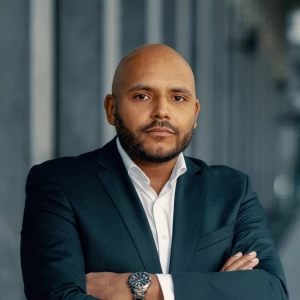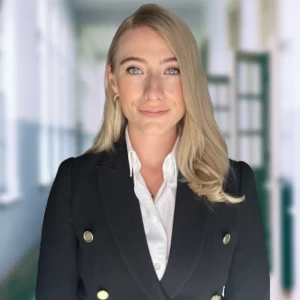What are second order insights on math calculations or exhibits? not Sure how to build this skill.
Second order insights
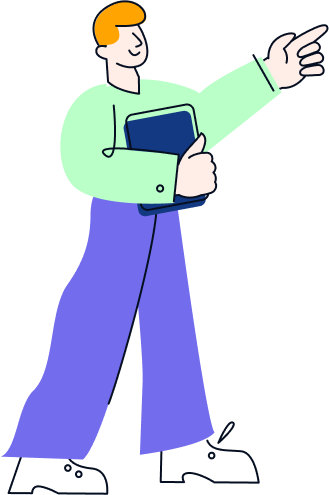

You might want to share a couple of example images/screenshots of exhibits.
Although typically, in a generic sense - this is how it works. These are very generic sentences because there is not much to work with in your question.:
- Level 1: Immediate observations: X is increasing, Y is decreasing, etc. etc.
- Level 2: X is highest for our client in parameters A/B/C so our hypothesis stands that the reason for W happening is that X is highest in these parameters
- Level 3: Since X is high and increasing - it is a concern for the business going forward. It is impacting the business in P/Q/R ways, and we can try to go for D/E/F method to circumvent it
Your analysis should go beyond the basic most obvious insights from the data - into something that is more business relevant and solution relevant.

Most candidates tend to just mention what seems to be most relevant. So they are pointing to something that is meaningful, but then they just say whatever the slide/graph/chart says.
That's not the objective. The objective is to connect that with the goal you want to achieve / decision you want to make.
If I show a graph where segment X is growing, I don't expect you do say the segment is growing. I expect you to say what is the implication of that. Is is good or bad for the company? Is is worse vs. the competitors? Does it support the investment thesis?
A lot of times candidates are thinking about this, but they don't say it. But if you don't say it, the interviewer doesn't know what you are thinking.
Remember, you ALWAYS have to link the slide/chart to the objective of the case. ALWAYS!
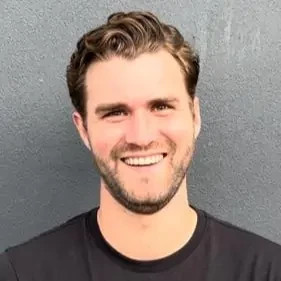
Hi there,
Agrim laid it out well!
First level: This number is bigger/smaller/changing
Second level: This means x implication based on the objective of the case.
Essentially, how will this help us solve the problem/meet the objective.

Hi there,
This is indeed an interesting question which is probably relevant for quite a lot of users, so I am happy to provide my perspective on it:
- Generally speaking, these are insights that go beyond the descriptive information provided in the exhibit.
- Providing second order insights is very important to solve the case study yet is a skill that requires some training. Thus, I would advise you to seize opportunities to practice properly describing (first order insights) as well as analyzing and drawing the right conclusions (second order insights) from exhibits.
In case you want a more detailed discussion on to best describe, analyze and present the insights of exhibits for your upcoming interviews, please feel free to contact me directly.
I hope this helps,
Hagen

Hey there,
The second-order insights are what you make of the number, basically the so-what of the outcome.
Let's use an example:
Prompt
You are asked to develop an educational program of a country and the more specific goal is to increase the literacy rate by 5 percentage points.
During the case, you come across a math question that has you compare two alternative approaches:
You calculate and find that program A increases the literacy rate by 6 percentage points and program B by 8 percentage points. Those are your first-order insights. This is where a good candidate stops their analysis.
Now, if you want to be an excellent candidate, as a next step, you would discuss the implications / your hypothesis in relation to the case goal, i.e. raise literacy rates by 5pp. You could say:
While both programs would help us achieve our goal, program B gives us a better outcome with some margin, which makes it more likely to actually achieve the goal of our client to raise literacy rate by 5 percentage points. Hence, I would propose we go with program B and investigate it further.
On top of that, you could also discuss 3rd order insights, by discussing the next steps you would take from here.
Hope this helps!
Cheers,
Florian

Hello,
Second-order insights tie together the observations you made from the calculations/exhibit (e.g. the client would make $10K of profit in 1 year) to the objective at hand (e.g. which would be positive, but far short of their stated goal of $50K profit a year). You always want to be making sure that your conclusions and insights relate to the questions at hand. Practice this skill by asking yourself “so what?” every time you finish a math/exhibit analysis. E.g. you find that there is a competitor with a strong brand image and dominant market share in the market your client is trying to enter → so what? → this presents a significant barrier to entry, and unless they have a substantial budget for expansion it might not be optimal to do so.
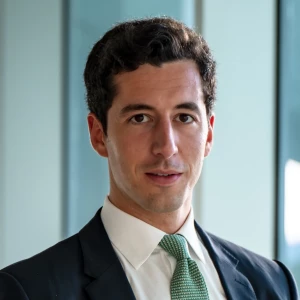
Hi!
The other coaches already gave you interesting insights!
I want to add that after you identify insights, you should proactively recommend next steps (e.g. further analyses) to your interviewer to show you have a clear direction to follow.
Hope this helps.
Best,
Anto



